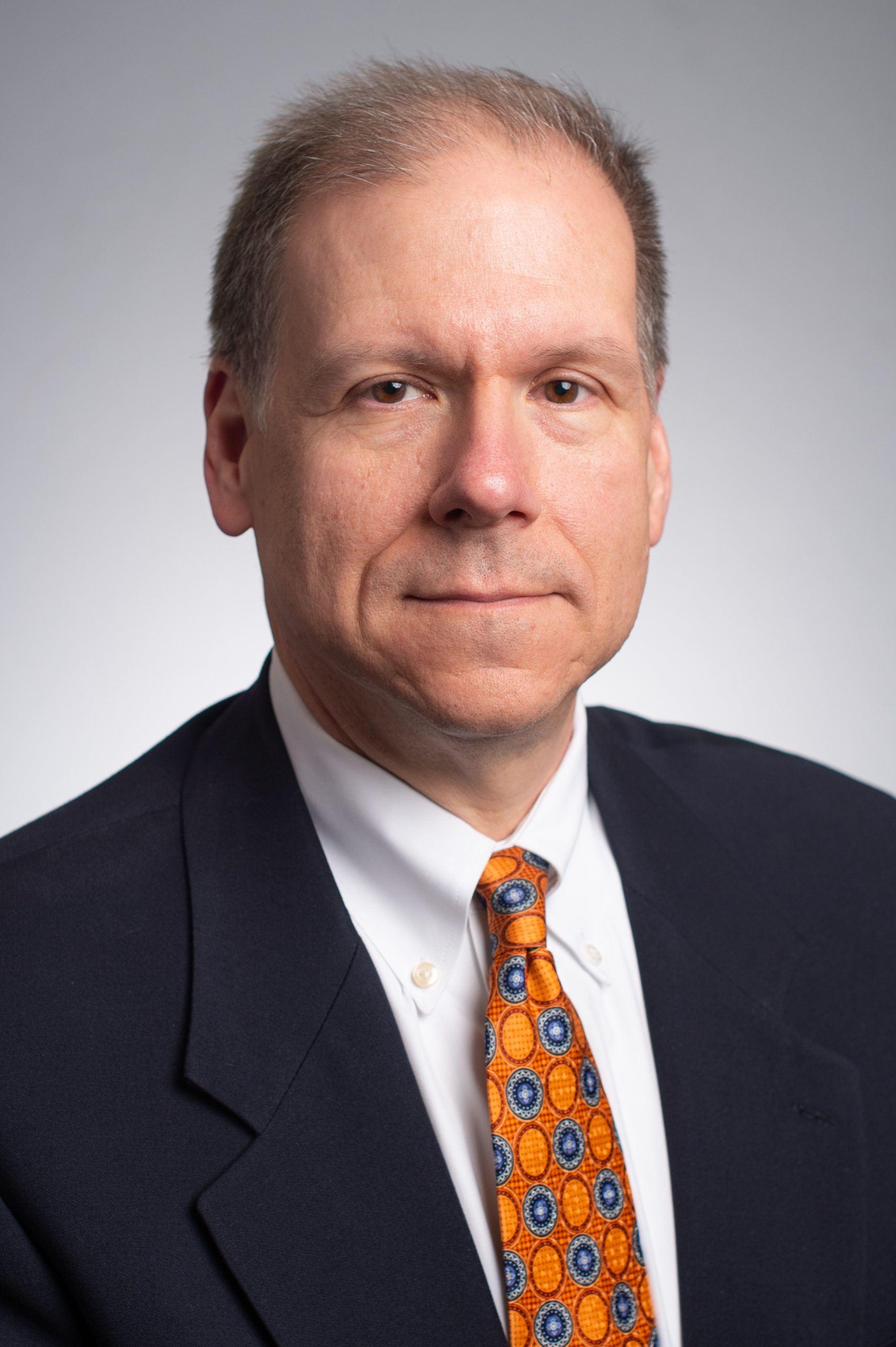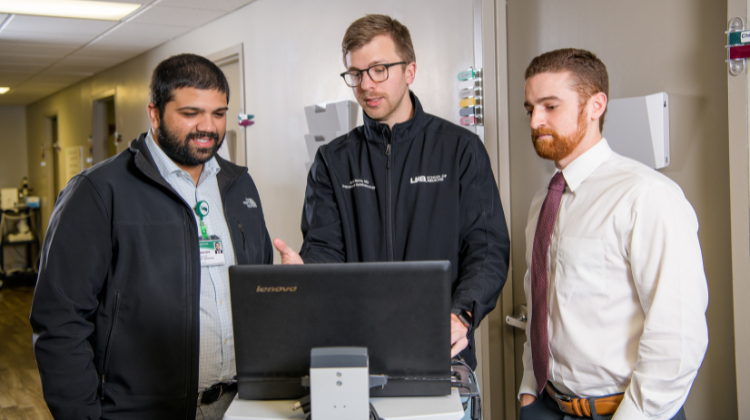 In a dynamic field like ophthalmology, where advancements are constant, residency programs must evolve to meet the demands of modern medical practice. Russell Read, MD, PhD, has witnessed significant transformations during his 16-year tenure as Residency Program Director for the UAB Department of Ophthalmology and Visual Sciences, reflecting on the journey and discussing the program's evolution.
In a dynamic field like ophthalmology, where advancements are constant, residency programs must evolve to meet the demands of modern medical practice. Russell Read, MD, PhD, has witnessed significant transformations during his 16-year tenure as Residency Program Director for the UAB Department of Ophthalmology and Visual Sciences, reflecting on the journey and discussing the program's evolution.
"The biggest changes have also been the most recent ones," Read shares. Among these changes is the initiation of an integrated internship program, a departure from the traditional model. "This required more work in developing the rotations that the interns would cycle through, but it allowed us to tailor the training to the areas of medicine outside ophthalmology that would have the most relevance to a practicing ophthalmologist," he explains. The program, now in its second year, has exceeded expectations in preparing residents for ophthalmology training. Read highlights the integrated internship as a significant recruitment asset. "While still early, I think the integrated internship will prove to be a major recruitment benefit for the program," he asserts.
Another significant shift has been the selection process for residents. The COVID-19 pandemic compelled a transition to virtual videoconferencing for interviews, a change that has persisted even as the pandemic recedes. Our program was able to swiftly adaptation to this format and has seen continued efficacy in the selection process.
 The introduction of the international ophthalmology rotation has also been instrumental. Third-year residents spend a week in Nicaragua, gaining exposure to ophthalmic care in the developing world—an experience that enriches their training and global perspective.
The introduction of the international ophthalmology rotation has also been instrumental. Third-year residents spend a week in Nicaragua, gaining exposure to ophthalmic care in the developing world—an experience that enriches their training and global perspective.
Programmatic changes, including tweaks to rotation durations, have aimed to optimize resident training. Modifications such as shorter senior resident rotations and structured PGY-3 rotations have facilitated more consistent exposure to clinical experiences and surgical opportunities.
Amidst these changes, one constant remains—the caliber of residents. Read emphasizes, "The single most important aspect of this residency program is the high quality of the residents that we can recruit." Their excellence underpins the program's success and enduring reputation, ensuring the program’s alignment with contemporary medical education standards and its continued distinction in producing exceptional ophthalmologists.